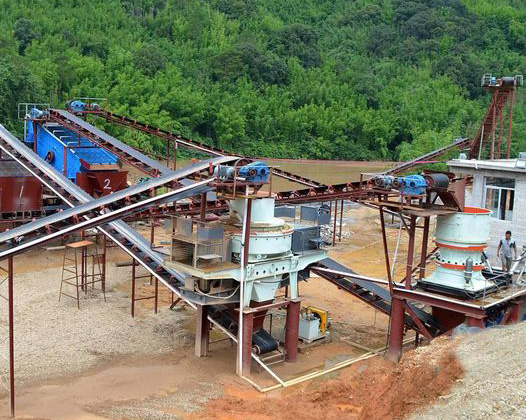Designing a river pebble crushing plant requires careful consideration of several factors, including the plant’s capacity, the types of equipment needed, and the overall layout to ensure efficient operation. A well-designed plant should meet the production needs while minimizing operational costs and maximizing efficiency. The capacity of the plant is a crucial aspect, as it determines the volume of material that can be processed within a specific time frame.
Capacity Determination
The capacity of a river pebble crushing plant is primarily determined by the requirements of the project. For instance, if the plant is intended to supply aggregates for a large-scale construction project, a high-capacity plant is necessary. Typically, these plants can range from small units with a capacity of 50-100 tons per hour to large installations capable of processing up to 500-1000 tons per hour. The capacity should align with the expected demand and the nature of the river pebbles, including their hardness and size, which affects the choice of crushers and other equipment.

Crushing Stages and Equipment
A river pebble crushing plant usually involves several stages, including primary, secondary, and tertiary crushing. Each stage requires different types of crushers to efficiently break down the pebbles into the desired size. For primary crushing, jaw crushers are commonly used due to their ability to handle large and hard materials. Secondary crushing may involve cone crushers or impact crushers, which further reduce the size of the pebbles. Tertiary crushing, if needed, uses finer crushers like vertical shaft impactors (VSI) to produce high-quality sand or smaller aggregates.

Plant Layout and Configuration
The layout of the crushing plant should optimize the flow of materials while minimizing energy consumption and wear on equipment. Strategic placement of crushers, screens, conveyors, and storage areas ensures that materials are processed efficiently and with minimal handling. A typical layout includes a hopper where the raw pebbles are fed into the primary crusher, followed by a series of conveyors transporting the material to secondary and tertiary crushers. The final product is then screened and sorted according to size before being stored or loaded for transport.
Automation and Control Systems
Modern river pebble crushing plants often incorporate advanced automation and control systems to enhance efficiency and reduce operational costs. These systems allow operators to monitor and adjust the plant’s operations in real-time, ensuring optimal performance. Automation can also include features such as automatic feed control, crusher speed adjustments, and real-time diagnostics, which help to prevent downtime and maintain consistent product quality. Moreover, these systems can optimize energy use, further reducing operational expenses.
In conclusion, a river pebble crushing plant with a well-planned capacity, layout, and equipment selection is key to successful operation. By incorporating modern automation systems and prioritizing environmental and safety considerations, the plant can achieve high efficiency, cost-effectiveness, and sustainability.

